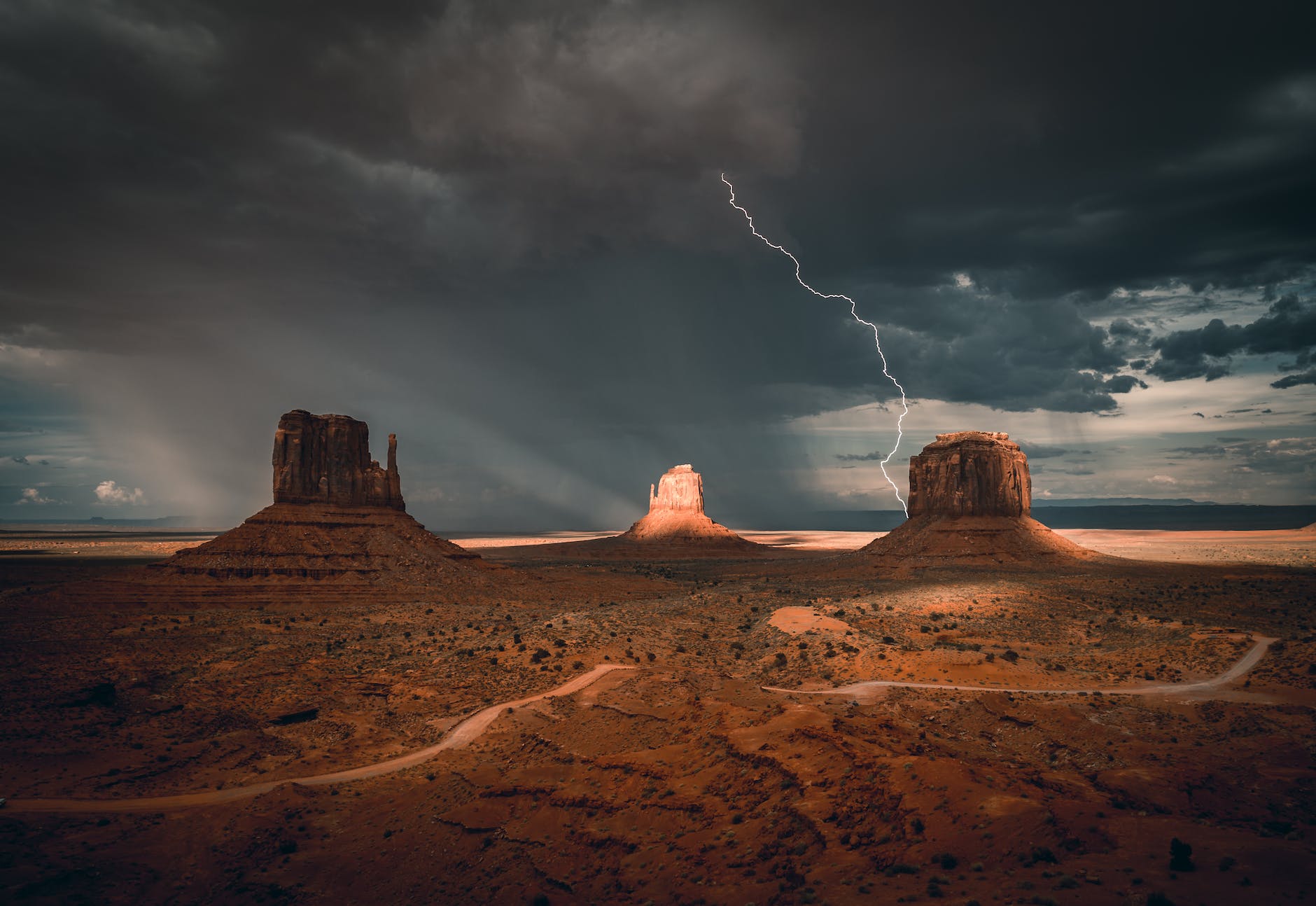As you learn to manage your actions around time, it is also important to learn about managing your energy. All the time in the world is only as useful as your ability to function. The amount of energy you have is your greatest limiting resource.
Throughout the day, your energy rises and falls. When you wake in the morning, it may take some time to get the energy flowing. As the day continues you will have other highs and lows. Maybe mid-morning is your peak and you find yourself increasingly productive during this time.
By lunch, your body may be running low on fuel and is ready for food. While eating gives you energy, it also spends energy digesting your food to it into further fuel for your body. Post lunch slumps are common when your body works hard processing. Another boost may come and then go again a few more times before you finally rest your head on your pillow at night.
Understanding your energy flows is helpful for learning to maximize productivity throughout the day. At the end of each day, making a priority list for the next day will not only help you make decisions in advance (thereby circumventing the lizard brain that so desperately wants you to just play and dance and eat all day) but it also gives you a chance to schedule those priorities around your energy flows.
Early morning may be a good time to journal, read a book, or take a walk with your dogs when your energy is waking up. A gentle start to your day sets the tone for all that follows.
Mid-morning may be a peak and becomes a great time for tackling a tough project when your energy is flowing at its strongest. Don’t squander this boost in energy on something like catching up on emails when that can be saved for a time when your energy is lower. Emails do not require the same amount of brain power as bigger projects.
Lunch is frequently spent continuing the grind of work, but rather than pushing through with a sandwich in one hand and your other hand on the mouse, choose a quiet spot to read while eating or sit down with a friend or co-worker. You will reserve your energy to digest your food and turn it into fuel that will power you through the afternoon.
Post lunch, the body is still working to digest so use this time for easier activities. Reading a scientific journal, making some phone calls, reading emails. Typically these activities require less brain power and therefore are easier to accomplish when your energy is low.
Mid-afternoon, the fuel from lunch kicks in and you can be up and running again pushing onto the next big project. But be warned that at some point, your energy will wane again. This likely will occur around the end of your 8-9 hour work day. Do not fool yourself into thinking that pushing will be as productive as during the peaks of your energy.
When energy wanes at the end of a work day, your productivity will drop dramatically and you will be pulling from your energy well. This can become a vicious cycle if it becomes an everyday activity. Much like an overdrawn aquifer, once your energy is depleted recharge takes far longer than it took to drain.
It is often the best strategy to call it a day, go home to your family, friends, or hobbies. Moving away from work allows you to refill your energy well and reserves your remaining energy for the cherished work-life balance.
The next first step is examining your daily life and watching for highs and lows in your energy. Once you become aware of those, you can begin to plan your priorities with the times that best matches your energy. You will be amazed at the difference in your ability to accomplish your goals.

